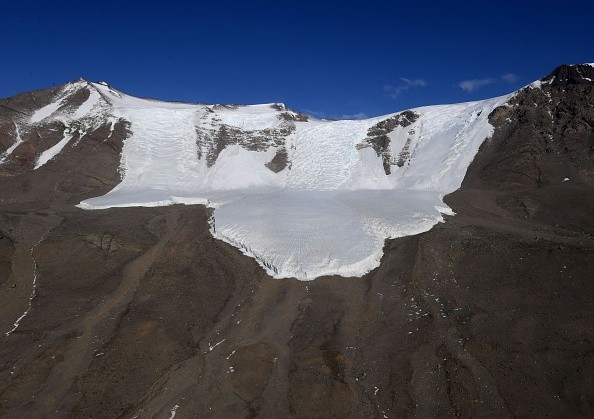The world's glacial ice is continually on the move.
Researchers flying above the Larsen C Ice Shelf in Antarctica on November 10 took an image that shows the progressive break of the massive ice block. NASA stated that there will ultimately be an iceberg that pulls from the shelf, and the 300-foot-wide crack is part of that process.
Yahoo reported that this event called as glacial calving as Mashable reported that it is essentially described as breaking off ice chunks from giant bodies of ice. Researchers were exploring this ice shelf as a part of Icebridge which is a regular airborne survey of the Earth's ice.
In a statement issued by NASA, it is found that as scientists measured Icebridge, the Larsen C fracture is about 70 miles long, more than 300 feet wide and about a third of a mile deep. The crack entirely slashes through the ice shelf while it does not go all the way across it. Once it does, it will create an iceberg approximately the size of the state of Delaware.
Scientists have been closely watching the Larcen C ice shelf for a while. Back in August, UK-based Project MIDAS reported that a large crack in the ice shelf has grown by another 13 miles in a span of six months. The crack that was in monitoring stretched more than 80 miles long.
News Ledge reported When Project MIDAS performed computer modelling, it predicted that the crack will only keep growing. It is also stated that a sizeable chunk of the ice shelf will collapse. The UK-based group guessed that about 9-12 percent of the ice shelf will break away.
Multiangle Imaging Spectro Radiometer (MISR) instrument delivered a couple of a different looks at the ice shelf. On the left, ice shelf appears in natural color and there are several cracks stretching vertically on the lower left portion.
"We are probing the most remote corners of Spaceship Earth to learn more about changes that affect all of us locally, such as how ice sheets are contributing to sea level rise," Dava Newman, NASA Deputy Administrator says.
Although every 2016 flight began in Chile, next year, Operation IceBridge's home base in 2017 will be McMurdo Station on the south tip of Ross Island.



























